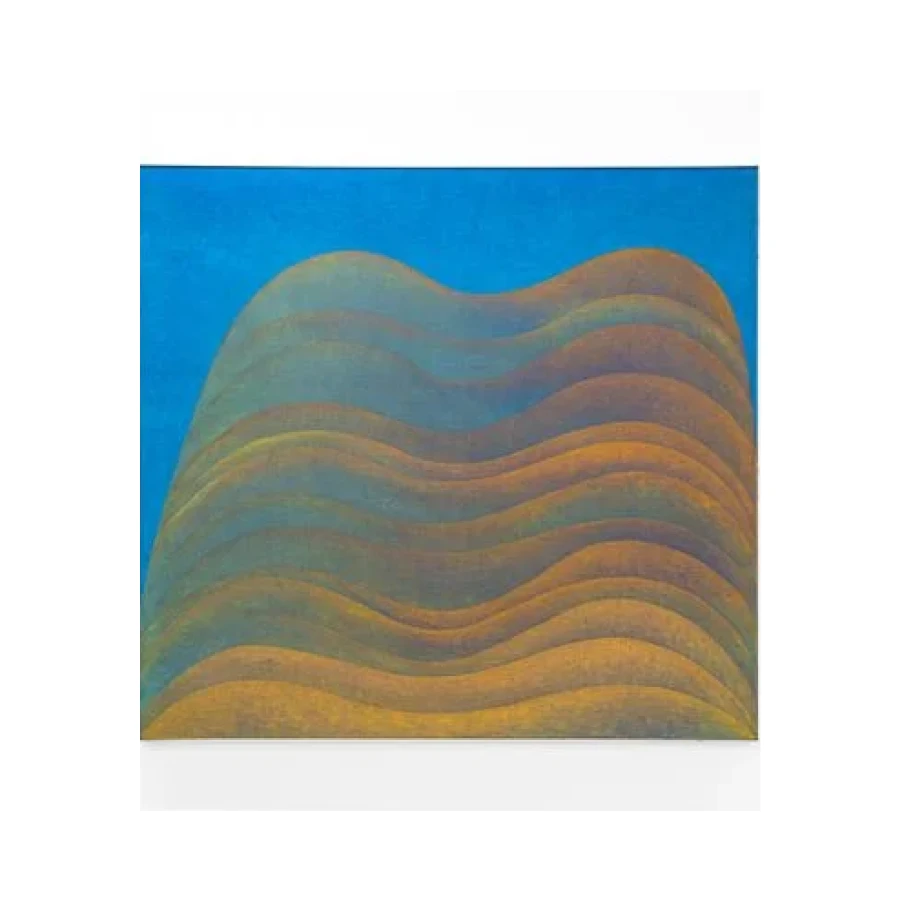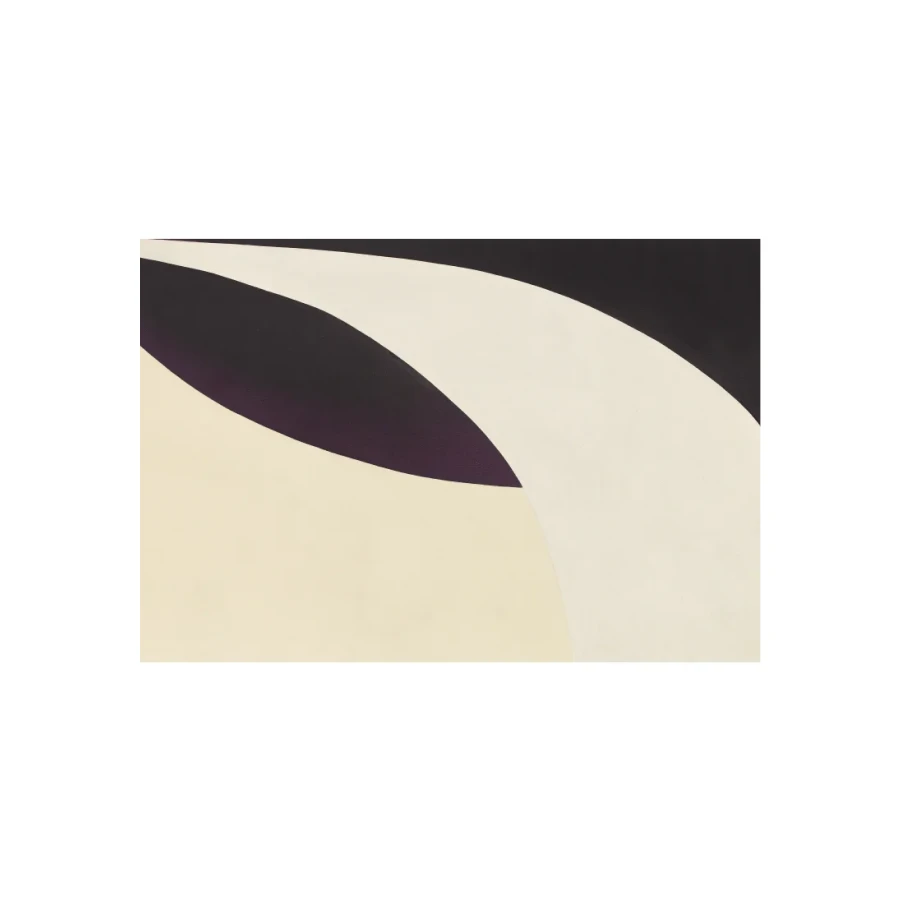Originally from Japan, Tomie Ohtake established herself in Brazil in 1936. Initiating her artistic journey at the age of 37 as a member of the Seibi group, a collective of artists of Japanese descent, Ohtake transitioned from her early phase of figurative studies in painting during the late 1950s. Embracing abstract explorations, she embarked on a series known as the Blind Paintings. In this innovative phase, she challenged the foundational principles of the Brazilian Neo-concrete movement, infusing her practice with sensibility and intuition by blindfolding herself during experiments.
In 1957, upon the invitation of critic Mário Pedrosa, Ohtake held her inaugural solo exhibition at the Museu de Arte Moderna in São Paulo, followed by her participation in the São Paulo Biennial in 1961. During the 1970s, she delved into various printmaking methods, expanding her artistic repertoire. From the late 1980s onward, Ohtake undertook ambitious sculptural projects and contributed to public works in São Paulo and its environs. She continued to produce art until her passing in 2015 at the age of 101.
Public Collections
Museu de Arte de São Paulo Assis Chateaubriand (MASP), Pinacoteca do Estado de São Paulo, Museu de Arte Contemporânea da USP (MAC USP), Museu de Arte Moderna do Rio de Janeiro (MAM Rio), Instituto Itaú Cultural and Museu Nacional de Belas Artes (MNBA).



